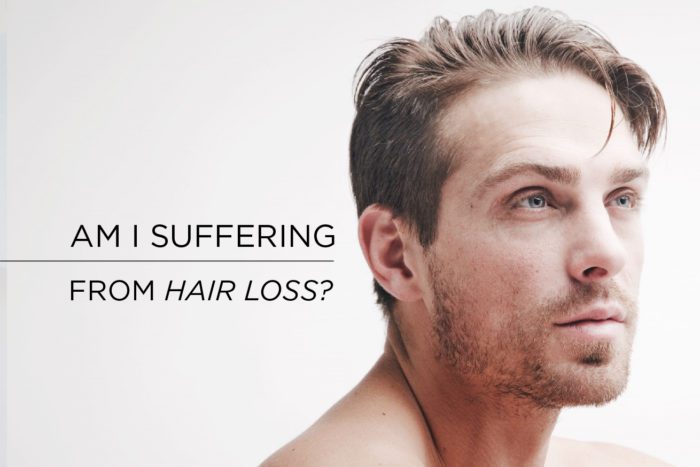I’ve met a lot of people that don’t really know they are suffering from hair loss. Most of them have the wrong idea that it only affects men, others might think that it starts after your 40’s, and most of them think that hair loss is exclusively a big bald spot on the back or on the hairline. That is not how it works.
By the time you notice that your scalp is more visible when you look at the mirror, you have already lost 50% of the hair on that area. If only someone would have told me this before, I would have started addressing the issue in time. Like when I first noticed more hairs than usual falling out in the shower or on my brush. But, instead, I thought it was normal and that it would grow back without any help. This just made it more difficult and expensive to treat.
Did you know there are many types of alopecia?
Everybody fears the word alopecia and I can understand why. Most people relate the term exclusively with “Alopecia Areata” or spot baldness. When in fact, there are different types of alopecia that you may not know about. That being said, if your scalp is more visible than it was before, it’s very likely that you are experiencing a type of alopecia. It’s very important to address the issue quickly, before it becomes difficult to prevent, control, and treat.
So, let’s leave fear aside and learn a bit more about those types of Alopecia that are not causing totally bald patches and are more difficult to identify or accept.
What are the most common types?
- Traction Alopecia – Very common disorder among young women and girls. It occurs when the hair is pulled too tight (usually in a ponytail). The hair is literally pulled out of the follicle, taking out the hair root and the bulb and destroying the hair shaft.
–

- Stress-Induced Alopecia (Telogen Efflevium) – Shedding occurs 3-6 months after a “trigger,” which can be either physical or psychological. Common triggers include high fever, chronic illness, major surgery, severe emotional disorder, anemia, crash diets, hypothyroidism, or drugs. Starting, stopping, or changing oral contraceptive pills and oral retinoids are the most common culprits. However, 33% of the time no trigger is identified.
– - Androgenetic Alopecia – Also known as male-pattern baldness, but it occurs in both men and women. It can start after puberty in women. It generally develops slowly over 15 to 30 years, increases with age and does not leave visible bald patches.
- Diffuse Alopecia – Also known as alopecia areata incognita. Diffuse alopecia is a rare form of alopecia areata and affects primarily young males and females. The hair loss is homogeneous and progressive.
– - Postpartum Alopecia– Temporary hair loss experienced after pregnancy. The sudden and excessive shedding takes place from three to nine months after delivery. The growth cycle generally returns to normal within a year after the baby is delivered.
–
–
If you think you have a problem with alopecia, we highly recommend speaking with a medical professional specialized in hair loss. Do not leave this up to the care of your stylist as this is a medical condition that must be treated effectively
Has alopecia affected your lifestyle? Do you know someone with this hair disease? If so, let’s talk. Leave your comments at help@hairatin.com

